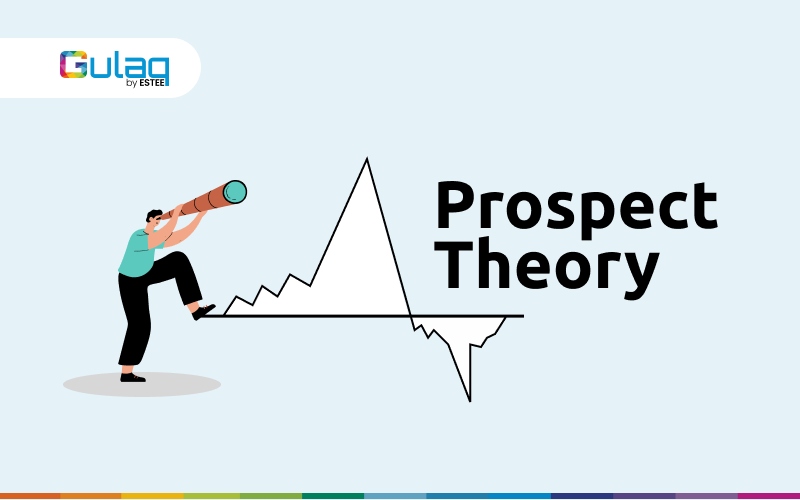
Market Linked Debentures
Introduction
Market-linked Debentures (MLDs) have largely remained unpopular in India due to their high ticket sizes. However, things are changing now. Investment opportunities are being democratised and retail investors are having more and more opportunities to diversify their portfolios and potentially earn higher returns.
In this article, we will be demystifying MLDs, explaining what they are and how they work. Let’s get started!
What are MLDs?
Market Linked Debentures (MLDs) are a hybrid financial instrument that shares characteristics with traditional debentures but offer the potential for higher returns linked to the performance of the stock market.
In other words, MLDs are debt securities issued by financial institutions that offer investors the chance to earn returns based on the performance of underlying assets such as Nifty 50.
There are 2 types of MLDs: –
Principal Protected
Non-Principal Protected
Principal Protected MLDs, as their name suggests, safeguard your initial investment completely. In other words, they carry no downside risk. This ensures that no matter how unfavorable the market conditions may become during the investment period, you are guaranteed to receive your full principal amount back at maturity.
In contrast, Non-Principal Protected MLDs lack this protective feature, and thus they are riskier than the principal protected MLDs and consequently offer higher expected returns.
Returns on MLD:
The returns on MLDs are linked to the performance of an underlying asset with a collar (floor and cap) determining the minimum and maximum returns that the investors can earn.
For instance, consider the InCred Nifty Balanced MLD Aug’25, which offers:
Maturity: 2 years
Underlying Asset: Nifty 50 Index
Principal Protection: 100% Principal Protected
Payoff: Linked to Nifty 50 Index
Floor: Minimum 14% Returns
Cap: Maximum 30% Returns
If the Nifty 50 goes up by 20%, MLD holders earn a 20% return. If the index, however, goes down by 20%, MLD holders would still earn a minimum of 14% return. Similarly, if the index surges by 40% (an outlier event), MLD holders would only receive a maximum return of 30%.
Please note that these returns are holding period returns, not annual. The 14% minimum return is over the 2-year holding period. For a single year, the minimum return would be 7%, akin to a fixed deposit but with an upside potential.
How does MLDs Work?
The fund manager of an MLD scheme invests the majority of pooled funds in debt securities and allocates a smaller portion of the fund to purchase highly leveraged call options on the underlying asset (Nifty 50 in our previous example).
The investment in the debt component yields a fixed return, usually higher than the floor rate such that the excess spread makes up for the management and other fees and also contributes towards the portion of funds used to buy call options.
The call options provide the right, but not the obligation, to buy the underlying asset at a set price. Therefore, when the market goes up, investors can benefit from the upside movement and not face downside risk when the market moves in the opposite direction.
This structure allows investors to earn a minimum rate of return (comparable to FD) while maintaining exposure to the upside movement in the market.
What are the risks?
So MLD offers a minimum return which is comparable to fixed deposits (FDs) but also allows you to earn a higher return when the stock market surges.
This exposure to the upside comes with its own set of risks:
Market Risk: MLD returns are linked to market performance, so if the chosen benchmark performs poorly, investors may receive lower returns than they would have earned otherwise in a traditional debt instrument with a similar risk profile.
Credit Risk: Just like traditional debentures, MLDs carry the risk of the issuer defaulting on interest payments or the principal amount at maturity. Fixed deposits on the other hand have little to no credit risk.
Liquidity Risk: MLDs may not have an active secondary market like stocks or government bonds, making it challenging to sell them before maturity.
Why should one Invest in MLD?
MLDs can be a suitable investment option for certain investors due to several reasons:
- Market-Linked Returns: MLDs provide the opportunity for investors to earn returns linked to the performance of the market. If the chosen benchmark performs well, investors can earn higher returns compared to traditional fixed-income investments.
- Diversification: MLDs allow investors to diversify their portfolios. By investing in MLDs linked to different assets or indices, investors can spread risk across various market segments, reducing overall portfolio volatility.
- Fixed Income Component: Many MLDs include a fixed interest component, ensuring that investors receive some level of income stability along with the market-linked returns. This fixed income component can be especially appealing to those looking for a blend of stability and growth potential.
What is the Taxation of MLDs?
Gains resulting from the sale, maturity, or redemption of Market Linked Debentures (MLDs) are categorized as Short-Term Capital Gains, regardless of the duration they were held or their listing status. Consequently, these gains are subject to taxation according to the investor’s Marginal Tax Rate. This tax treatment ensures that MLDs are on an equivalent tax footing with other debt instruments, such as Corporate Bonds, Debt Mutual Funds, and Fixed Deposits.
Conclusion
In conclusion, MLDs are exciting investment products that can help you balance your risk and return. They combine the return structure of a traditional debt instrument with an equity-type return and are gaining popularity in India. While they do offer a potential for higher returns, investors should also weigh the risk that comes with the investment and make the most informed decision.
Related Posts
Prospect Theory
As much as investors like to consider themselves rational, the fact of the matter is…
Tax Harvesting: How to Reduce Your Tax Burden?
FY 23-24 has been great for Gulaq. We were able to generate phenomenal returns for…
Don’t Miss the Forest for The Trees: Why Maxing Out the Rs. 1.5 Lakh Limit on Your PPF Before 5th of April Is Not Worth the Hype
As the financial year has ended, the buzz around investing the entire Rs. 1.5 lakh…
Why Active Fund Investing is so hard?
Would you consider investing in a fund that has significantly trailed its benchmark over the…








